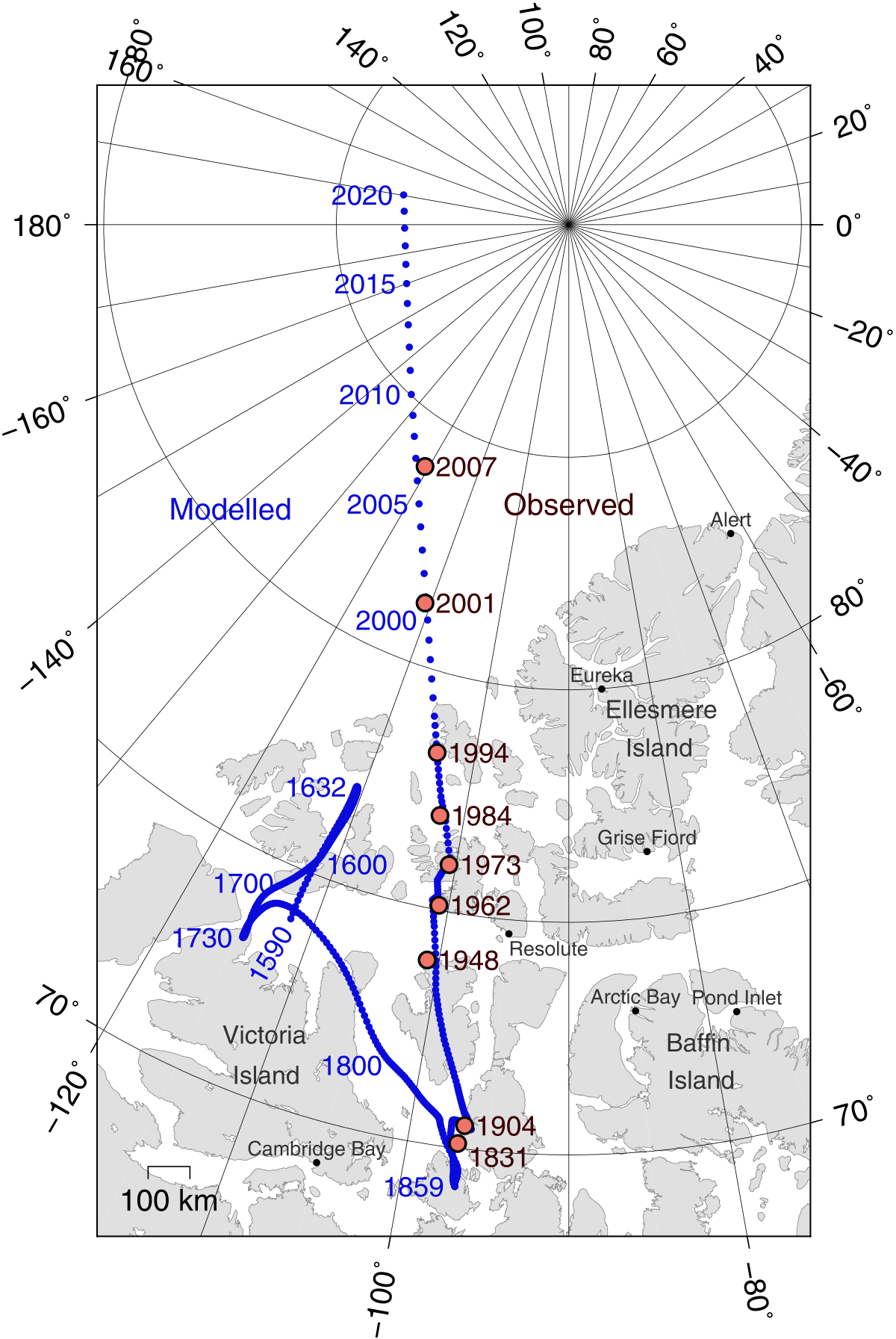Earth days vary ever so slightly in length form one day to another. The irregularity is so tiny that it was not discovered before the advent of super-precise atomic clocks. We're talking fractions of a millisecond per 24 hours. All sorts of things might be behind this irregularity. However, there appears to be a long term trend towards shorter day. Something is causing Earth to rotate faster over time. The phenomenon can be summarized as subtle, irregular and trending. Any explanation for it must therefore account for these three aspects.
While most people seek an explanation in Earth's geology and its relationship to the Moon, there is an alternative view that seeks to explain this in terms of Earth's electric connection to our Sun and the universe. Gerald Pollack does an excellent job in this respect in his one hour lecture about weather and EZ water. Also of interest is the origin of prevailing winds, such as the jet stream, which Donald Scott proves to be external to Earth in this video.
When put together, the lectures leave us with an impression that our planet is connected to an external current that keeps it rotating at a relatively steady rate. This current is again affected by the magnetic poles of our planet, which leads us to an interesting correlation. Earth's rotation has trended faster in parallel with the migration of the magnetic north pole from Canada to true north. With the magnetic pole more in line with true north, the mechanical input to Earth's rotation can be assumed to be somewhat more optimal.
Another correlation can be found with the phenomenon of global terrestrial stilling. Near surface winds have reduced in strength in parallel with the migration of the magnetic north pole and the speeding up of our plant's rotation. This can again be explained by a better mechanical connection to external currents. A bad mechanical connection would have the atmosphere spinning without the Earth spinning with it. A perfect mechanical connection would have our planet move at the speed of prevailing winds, making it seem like there's no wind at all. What we have is an imperfect connection that has improved somewhat, speeding up the planet's rotation, while making winds a little less intense. Additionally, there's the fact that the exact location of the magnetic poles differ greatly from one day to the other. The northward migration is in no way a steady process. It jumps about in much the same way that the precise duration of our Earth days differ from day to day.
There might also be a change in the external current itself. However, there's no relatable data for this, so this would be pure speculation, on par with speculations related to Earth's geology and our planet's relation to the Moon.
 |
| Migration of the magnetic north pole |
By Cavit - Own work Observed pole positions taken from Newitt et al., "Location of the North Magnetic Pole in April 2007", Earth Planets Space, 61, 703–710, 2009 Modelled pole positions taken from the National Geophysical Data Center, "Wandering of the Geomagnetic Poles" Map created with GMT, CC BY 4.0, Link
No comments:
Post a Comment